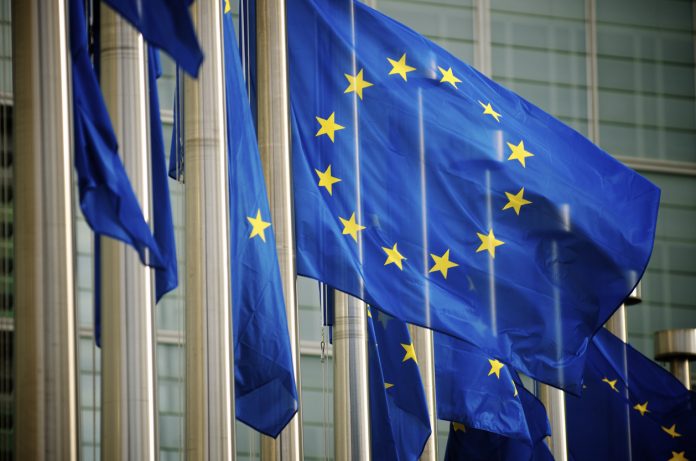The EU’s move to establish a €500 million public-private partnership emphasises its commitment to boosting Europe’s competitiveness in the advanced materials sector, crucial for the twin transition towards a greener and more digital economy
The Communication on Advanced Materials for Industrial Leadership outlines steps to align research and innovation efforts across the EU.
Advanced materials play a key role
Advanced materials, purposely engineered to exhibit exceptional performance or unique functions, are set to play a key role in various sectors, including energy, electronics, construction, and mobility.
With today’s scientific knowledge and computing capabilities, the development of these materials has accelerated, opening new avenues for innovation.
The demand for advanced materials is predicted to soar in the coming years, driven by the need for renewable energy technologies, zero-emission buildings, semiconductor devices, medical applications, space exploration, and defence equipment.
The strategy to push EU industrial leadership
The EU’s strategy aims to maintain long-term competitiveness by promoting innovation, testing, and deployment capacities within the Union.
It also aims to enhance strategic autonomy and economic security by reducing dependencies on critical materials through recycling, reuse, and developing alternatives.
The proposed actions are structured around five main pillars:
- Strengthening the European research and innovation ecosystem on advanced materials.
- Fast-tracking innovative materials to the market through developing a European digital infrastructure called “materials commons” for research and innovation.
- Increasing capital investment and access to financing, including a new public-private partnership with a target investment of €500 million for 2025-2027.
- Fostering the production and use of advanced materials through procurement for innovation and establishing an Advanced Materials Academy to address skills gaps.
- Creating a Technology Council for advanced materials to guide the initiative and prioritise research areas in collaboration with Member States, associated countries, and industry stakeholders.
An example of an advanced material is graphene, well-known for its unusual properties, such as being the thinnest and strongest material ever known. It is already revolutionising various industries, including electronics.
€500 partnership
The EU’s move to establish a €500 million public-private partnership emphasises its commitment to boosting Europe’s competitiveness in the advanced materials sector.
This partnership aims to attract private investment and accelerate the deployment of innovative materials essential for the green and digital transitions.
Challenged that could be faced
Challenges highlighted in the proposal include fragmented research ecosystems, insufficient private investment, and lengthy development timelines.
The EU plans to establish a technology council on advanced materials to address these challenges, coordinate research strategies, and enhance stakeholder collaboration.
Efforts will also focus on scaling up innovation and manufacturing capacity, facilitated by developing a digital infrastructure and increased access to finance.
The initiative has received positive feedback from industry stakeholders, who view it as crucial to addressing challenges and fostering innovation across various sectors, including solar energy.













